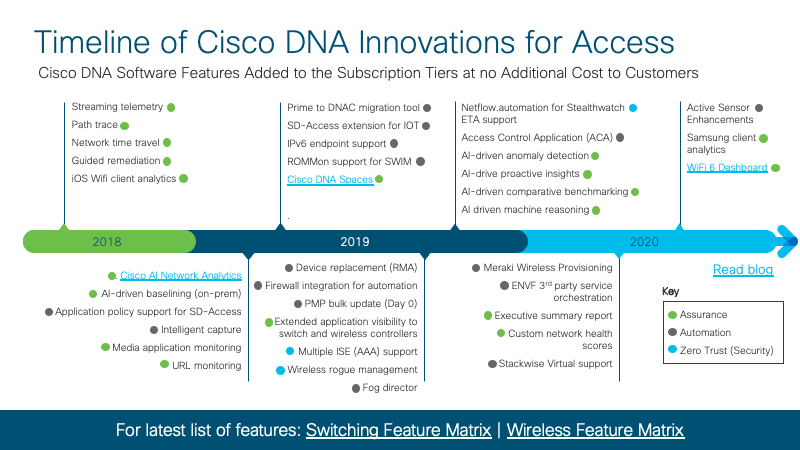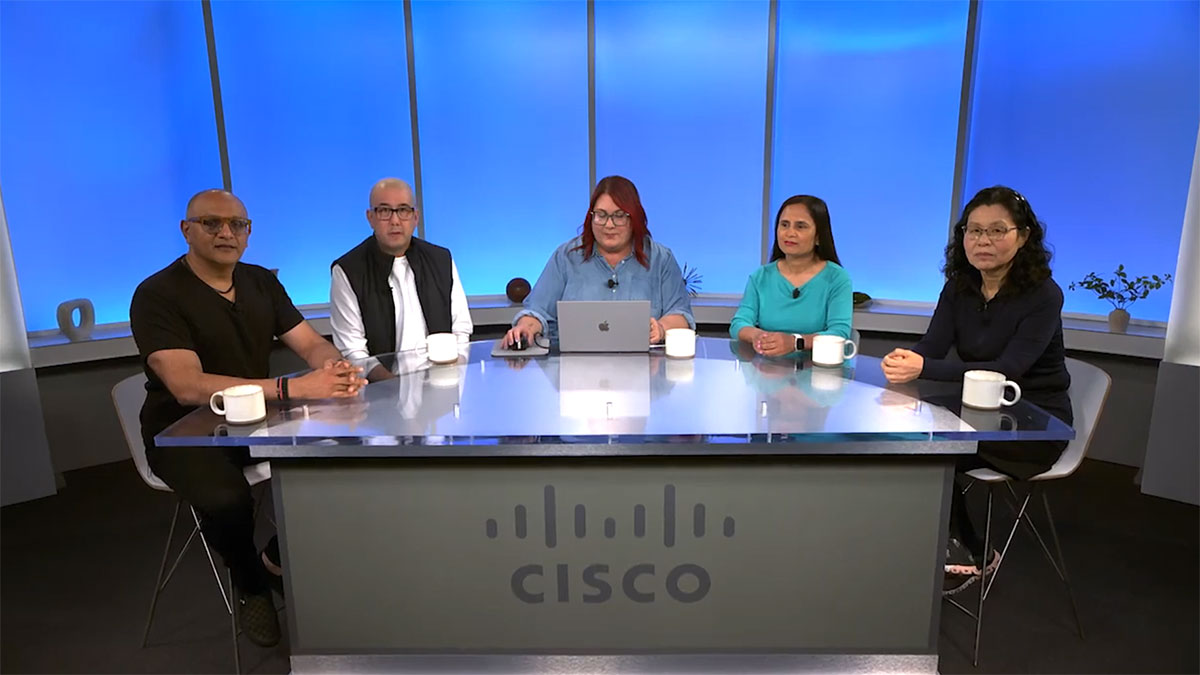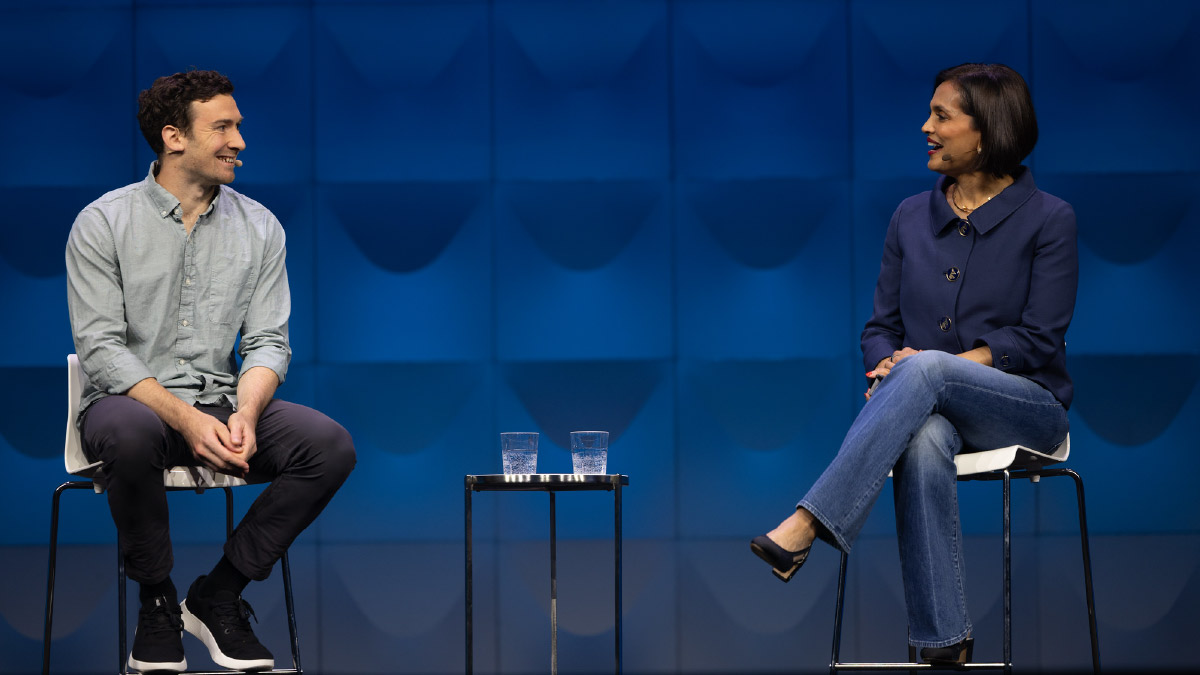This is a guest post by Sean Michael Kerner
There was a time, not all that long ago, when across all forms of IT, hardware and software were inexorably linked. That has changed across the IT landscape in a significant way in recent years and it has changed at Cisco as well.
While hardware remains important, a subscription-based approach to new software capabilities is now a driving force for innovation and is likely to only accelerate now in the pandemic era.
"If there's one thing the past year has taught us, is that businesses need to be prepared for anything." Zeus Kerravala/ZK Research
Kerravala noted that what's key today is that organizations need to have the ability to adapt to changes in the market quickly and this requires a highly agile network. In his view, subscriptions are key to delivering a highly agile network, providing the ability to add new services when they are needed and helping to keep the network current with the latest and greatest features.
Cisco's path to subscription-based software
Moving to a subscription-based approach for features has been part of multi-year process that stretches back to at least 2014 with the release of Cisco ONE, which was a key step in disaggregating software from hardware.
See also: "As a service" is at your service
Dan Lohmeyer, VP of Product Management at Cisco recounted that in 2017 with the launch of the Catalyst 9000 switching platform, Cisco ONE was repositioned and rebranded as the Cisco Digital Network Architecture (DNA) and turned into a software subscription. With Cisco DNA, Cisco customers benefit from new innovations via a software subscription, rather than having to buy some new device underneath.
One of the goals with the subscription-based approach according to Lohmeyer is to help reduce any potential confusion. Previously there were four things an organization would need to buy including hardware, hardware support, software and software support. With the Cisco DNA approach Cisco has collapsed the software and software support components together. He noted that Cisco's Meraki business unit has also converged hardware support into the software subscription as well for certain product lines.
DNA feature evolution
A key promise of disaggregating software from hardware in the first place is that new features can be rolled out at a faster pace than a hardware refresh.
Since the initial deployment of Cisco DNA in 2017, there has been a steady cadence of feature updates for both wired and wireless networks. Among the first updates to Cisco DNA was the integration of artificial intelligence features including AI-driven baselining and network analytics.
See also: What CIOs need to know for a WiFi 6 and 5G world
In 2019, Cisco DNA added IPv6 endpoint support and Cisco DNA Spaces which provides wireless management and intelligence capabilities including location analytics. 2019 also marked the debut of enhanced wireless rogue management to help mitigate wireless risks.
2020 has also seen a steady flow of innovation for Cisco DNA subscribers including customer network health scores that provide a new way for organizations to understand, measure and improve. WiFi6, which didn't exist in 2018 when Cisco DNA was first announced, has now also come to Cisco DNA with a new WiFi6 dashboard feature that also came out in 2020.

It's all fun and games with DNA at Sega Sammy
Among the organizations that have embraced the DNA subscription model is the Sega Sammy Group based in Tokyo, Japan. Sega Sammy Group is an entertainment company that builds amusement devices and includes the Sega Group’s digital game business at its core.
In 2018, Sega Sammy began a consolidation effort to bring together its operations into a new head office in Osaki area in Shinagawa Ward Tokyo. As part of that consolidation there was an IT effort, where DNA was brought in to play a key role.
"We received a proposal for the Cisco DNA Center from Cisco soon after the relocation project started," commented Yasuyuki Komiya, Manager, Network Team, Platform Department, IT Solution Division at Sega Sammy Holdings Inc. "Initially, we were under the impression that it was SDN’s enterprise version, but we gradually recognized its benefits."
Komiya noted that in the entertainment industry, there are some advanced requirements that are different than a typical enterprise network. Cisco DNA helps Sega Sammy to visually manage its network and enables automation.
The world is their oyster
Taking a subscription-based approach with DNA is also a big help for the CTTI (Center for Telecommunications and Information Technologies), a division of the Government of Catalonia in Spain. CTTI has a campus network with over 2,600 users and supports over 7 million residents.
"This software-based solution opens up new possibilities," commented Ester Manzano Peláez, Director General of Digital Administration for the Government of Catalonia. "The network knows how people work, and this way, service can be more efficient."
Better with software subscription
Changing how the enterprise traditionally buys network equipment has to provide an organization with benefits that outweigh the inertia of “Well, that’s the way we’ve always done it.” You can find several more reasons how a subscription improves the network equipment buying process here.
###
We welcome the re-use, republication, and distribution of "The Network" content. Please credit us with the following information: Used with the permission of http://thenetwork.cisco.com/.



